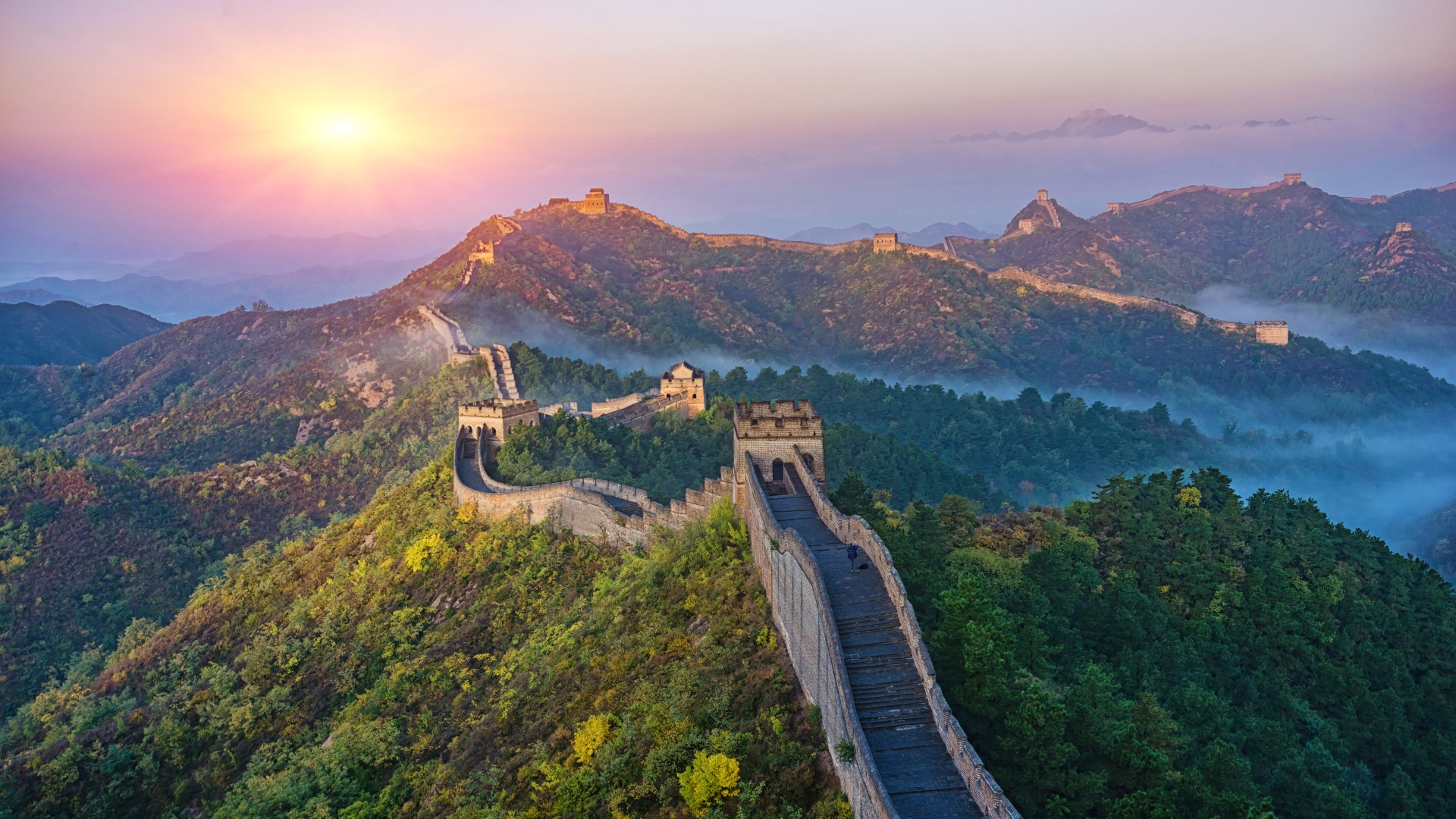An unprecedented amount of China, Chinese (Pinyin) Wanly Changchun or (Swim Giles romanization) Wan-li Ch'ing-Ch'ing ("10,000-Li Long Wall"), a wide protection created in ancient China, one of the best improvement projects, whenever they are received. The unusual wall includes various walls - endless of them mutually agreeable - in operation for about two centuries in northern China and southern Mongolia. The widest and best-preserved version of the wall dates from the Ming period (1368-1644) and runs about 5,500 miles (8,850 km) east-west from Mount Hu near Dandong, southeastern Liaoning, to Jay Pass west of Jaquan. , the northwestern region of Gansu. This wall follows the summit lines of slopes and mountains from time to time as it snakes across China's open countryside, and about one-quarter of its length consists entirely of standard boundary points such as streams and mountain edges. All the rest (about 70% of the inner and outer length) is actually a built wall with a small surplus of extensions including canals or channels. Be that as it may, vast segments of the wall are gradually in ruins or completely gone, it's one of the extra stunning plans on the planet right now. The extraordinary wall became a UNESCO World Heritage Site in 1987.
Around the seventh century BC, the Chu space began to produce an exceptionally solid careful design. This post, known as the "Square Wall", was coordinated in the northern part of the capital district of the region. From the sixth to the fourth century, various states followed Chu's model. In the southern part of Qi Express, a wide line wall was permanently created using the existing flow limits, actually developed protections, and the closed mountain scene area. The Qi Wall was basically made of earth and stone and completed on the shore of the Yellow Ocean. A wall was created in the Zhongzheng Expressway to suppress attacks from the Zhao and Qin regions in the southwest. There were two cautious lines in the Wei Express: the walls of Hexi ("West of the [Yellow] Stream") and Henan ("South of the Stream"). The Hexi Wall was a fortress against the Qin state and western explorers. Worked during the Expert Hui standard (370-335 BCE), it was released from dams on the Luo stream on the western line. It started in the south near the Xian yuan Sinkhole, east of Mount Hua, and ended at Guying in what is ultimately the Independent Locale Within Mongolia Independent Locale. The Henan Wall, which sought to protect Dalian (the capital, at this point Kaifeng), was solid and affiliated in the later years of the Hui ruler. The Zheng state also created the wall structure, which was changed by the Han state after it defeated Zheng. Zhao District completed the South Wall and the North Wall; the south wall was made essentially as insurance from the Wei state. After Shang Yang made a regulatory change (adopted in 338 BC), the state of Qin filled up in a determined manner and militarily to turn into the most grounded of the Seven States, despite being regularly encroached upon by the two states of Donoghue and Soudan . nomadic social strata from the north. So Qin built a wall that started from Lintier, went north along the Lipan Mountains, and ended at the Huang He (Yellow Stream).
In the State of Yan, two separate guard lines—the North Wall and the Yishuv Wall—were set up with the ultimate goal of protecting the area from attacks by the Northern Social Gatherings such as Donoghue, Linh, and SoufanSoufan, as well as the Qi State. on South. The Yishuv Wall was released from the embankment of the Yi Stream as a security line against Qi and Zhao, its two major rival states. It started southwest of Yi City, the capital, and ended south of Tenjin Tenjin. In 290 BC, the Yan State built the North Wall along the Yan Mountains, starting from the upper east in the Zhangjiakou area of Hebei, disregarding the Liao Stream and reaching the old city of Jiangling (present-day Liaoyang). This was the last piece of special wall that was erected during the Hangout period.
In 221 BC, Shihuangdi, the founding ruler of Qin, completed his expansion of Qi, unifying China. He mentioned the exemption from the forts created between the past states because they served solely as checks on internal improvements and associations. In addition, he sent General Meng Tian to counter the attacks of the branching Xing as far as possible, connecting the continuous sections of the walls in Qin, Yan, and Zhao with the confirmed "10,000-Li Long Wall" (2 li indistinguishable around 0.6 miles [1 km]). This time of progress began around 214 BC and lasted for 10 years. Limitless champions and enlisted workers have mastered the task. With the fall of the Qin association after Shihuangdi's death, however, the wall was left vacant all around and fell down.
Han through Yuan customs

No comments:
Post a Comment